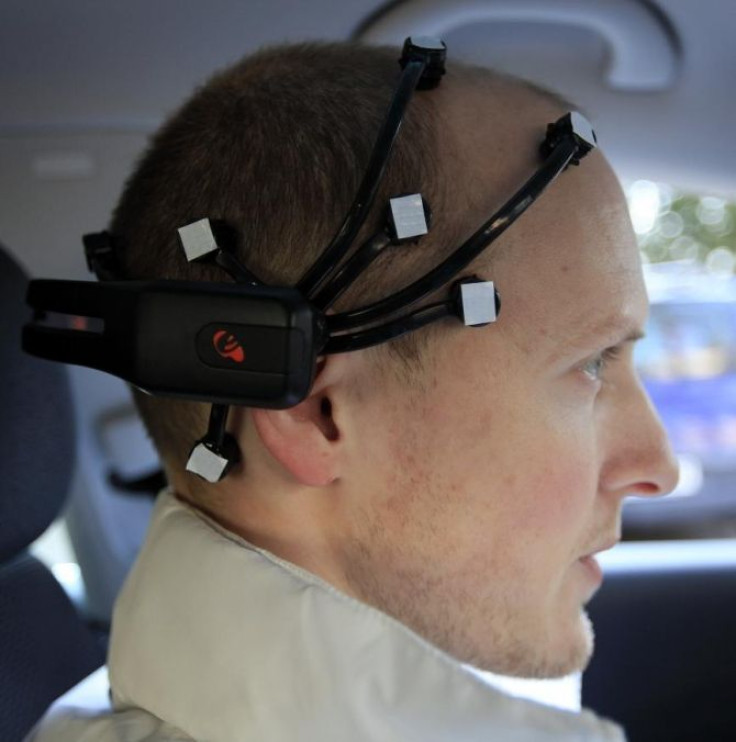IBM is Thinking about Mind-Reading Phones

Every year IBM releases a list of five technological innovations set to change the way we live over the next five years.
Next up – mind reading.
Kevin Brown of IBM Software Group's Emerging Technologies thinks huge leaps are coming in bioinformatics, specifically using sensors to understand human thought.
“While much of the brain remains a mystery, progress has been made in understanding and reading electrical brain activity were we can use computers to see how the brain responds to facial expressions, excitement and concentration levels, and the thoughts of a person without them physically taking any actions,” wrote Brown.
In 2009 one of Brown’s close colleagues suffered a stroke leaving him completely paralyzed. Brown introduced him to the EPOC from Emotiv. Using head sensors, the device can read electrical brain impulses, and can be trained to take action based on particular thoughts.
For example, within 8 seconds of testing the device, Brown’s colleague could move a digital cube on a computer screen with his thoughts alone.
“The concentration needed whilst operating the headset is quite a lot, however, so more development of the technology and more training in using the headset may be needed to make it entirely effective,” wrote Brown.
According to Brown, scientists at UC Berkeley have designed and developed a special MRI scan that can model visual thoughts while subjects are awake or even dreaming.
“By 2017, like all technology, the EPOC or other similar technologies will probably get smaller,” Brown wrote. “So I can imagine it will have completely dry sensors, and I'd be wearing it all the time, perhaps embedded into a baseball cap, and with a finer range of thought patterns detected and connected directly to my mobile phone - allowing me to interact with the world just by thinking particular thoughts.”
Other innovations included on this year’s list are facial recognition devices that eliminate the need for passwords, technology to capture human kinetic energy to power a home, more affordable mobile devices, and the end of junk mail.



























